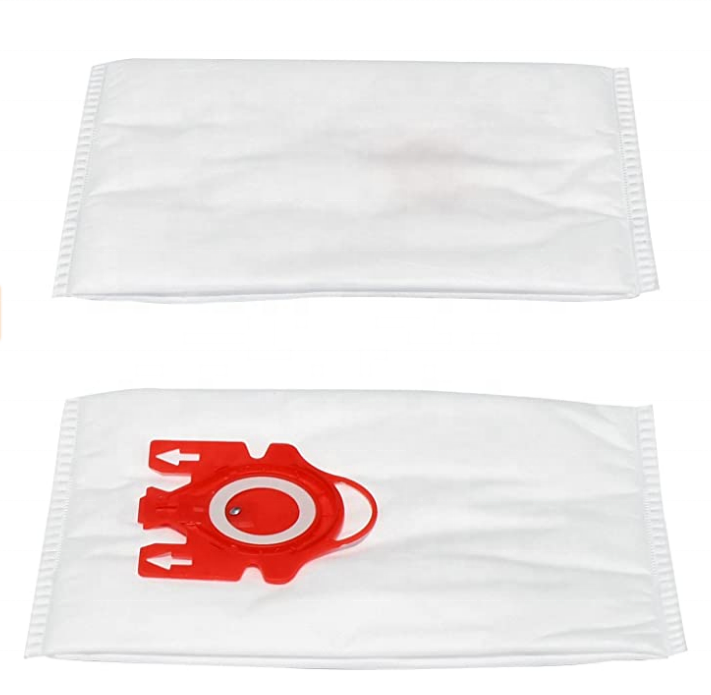Understanding the Revolutionary Technology Behind HEPA Filtration
The science behind HEPA filter technology represents one of the most significant advances in air purification. These remarkable filters have become the gold standard in clean air solutions, protecting millions of homes and facilities worldwide from microscopic threats. But the intricate process of how a HEPA filter captures particles smaller than the human eye can see is a fascinating journey into the world of advanced filtration technology.
A HEPA filter's ability to trap particles as small as 0.3 microns with 99.97% efficiency makes it an engineering marvel. This level of filtration is crucial in today's world, where air quality concerns continue to rise, and the need for effective air purification has never been more important.
The Complex Mechanics of HEPA Filtration Systems
The Multi-Layered Filtration Process
At its core, a HEPA filter consists of an intricate maze of fiberglass fibers, arranged in a seemingly random pattern. However, this arrangement is precisely engineered to maximize particle capture. The fibers are designed to create a dense web that employs multiple mechanisms to trap different sized particles.
The filtration process utilizes four main capture methods: interception, impaction, diffusion, and sieving. Each method targets particles of different sizes, ensuring that virtually nothing escapes the filter's grasp. Large particles are caught through direct collision with the fibers, while smaller ones are trapped through more subtle mechanisms.
The Science of Particle Capture
When air flows through a HEPA filter, larger particles follow the airstream but are intercepted when they come too close to a fiber. Medium-sized particles, carried by their momentum, deviate from the airflow and impact directly onto the fibers. The smallest particles undergo Brownian motion - random movements caused by collisions with gas molecules - which increases their chances of contact with filter fibers.
These combined mechanisms create an extraordinarily effective filtration system. The most fascinating aspect is that particles around 0.3 microns - typically the most difficult size to capture - are actually trapped with remarkable efficiency due to the combined action of these different mechanisms.
Material Innovation and Construction
Advanced Fiber Technology
Modern HEPA filters utilize cutting-edge materials in their construction. The fiberglass fibers are incredibly thin, measuring between 0.5 and 2.0 microns in diameter. These fibers are bound together using a specialized resin that maintains structural integrity while allowing for optimal airflow. The development of these materials represents decades of research and refinement.
The precise arrangement of fibers creates a gradient of density throughout the filter. This gradient optimizes particle capture while minimizing air resistance, ensuring effective filtration without overtaxing the air purifier's fan system. The result is a filter that maintains high efficiency while allowing for practical air flow rates.
Manufacturing Excellence
The production of HEPA filters requires stringent quality control measures. Each filter undergoes rigorous testing to ensure it meets the strict standards for particle capture efficiency. The manufacturing process involves careful control of fiber diameter, density, and overall filter thickness to achieve optimal performance.
Advanced pleating techniques are employed to maximize the filter's surface area while maintaining a compact form factor. This increased surface area is crucial for extending filter life and maintaining consistent performance over time. The pleats are precisely spaced to prevent collapse and ensure uniform airflow across the entire filter surface.
Performance Metrics and Standards
Efficiency Measurements
HEPA filter performance is measured using sophisticated testing equipment that can detect particles at the microscopic level. The standard 99.97% efficiency at 0.3 microns is not just a marketing claim - it's a rigorously tested specification that must be met under controlled conditions.
Testing involves introducing standardized test particles into an airstream and measuring the concentration before and after filtration. This process ensures that every HEPA filter meets the stringent requirements for particle capture across all size ranges.
Longevity and Maintenance
The lifespan of a HEPA filter depends on various factors, including air quality, usage patterns, and the specific design of the air purifier. As particles accumulate, the filter maintains its capture efficiency but may require more energy to maintain airflow. Regular monitoring and replacement schedules are essential for optimal performance.
Modern HEPA filters often incorporate features that extend their useful life, such as pre-filters that capture larger particles and protective treatments that prevent microbial growth. These innovations help maintain consistent performance while reducing maintenance requirements.
Future Developments in HEPA Technology
Sustainable Innovation
The future of HEPA filtration technology is focused on sustainability and enhanced performance. Researchers are developing new materials that offer improved filtration efficiency while reducing environmental impact. These innovations include biodegradable filter materials and more energy-efficient designs.
Smart technology integration is another frontier in HEPA filter development. Advanced sensors and monitoring systems can provide real-time data on filter performance and air quality, allowing for optimized operation and maintenance scheduling.
Enhanced Capabilities
Next-generation HEPA filters are being developed with additional functionalities beyond particle capture. These include enhanced capability to trap volatile organic compounds (VOCs) and improved resistance to microbial growth. The goal is to create comprehensive air treatment solutions that address multiple air quality concerns simultaneously.
Integration with other air purification technologies, such as UV-C light and photocatalytic oxidation, is becoming more common. These hybrid systems represent the future of air purification, offering more complete protection against airborne contaminants.
Frequently Asked Questions
How Often Should a HEPA Filter Be Replaced?
HEPA filters typically need replacement every 6-12 months, depending on usage and air quality conditions. Heavy use or poor air quality may necessitate more frequent changes. Monitor your air purifier's filter indicator or schedule regular inspections to ensure optimal performance.
Can HEPA Filters Remove Viruses and Bacteria?
HEPA filters can capture particles the size of most viruses and bacteria, which typically range from 0.1 to 1 micron. While the filter can physically trap these microorganisms, it's important to note that they may remain viable within the filter. This is why some air purifiers combine HEPA filtration with additional sanitizing technologies.
What's the Difference Between True HEPA and HEPA-Type Filters?
True HEPA filters must meet strict efficiency standards, capturing 99.97% of particles at 0.3 microns. HEPA-type filters, while similar in design, may not meet these exact specifications and typically have lower efficiency ratings. For maximum protection, always verify that your filter meets true HEPA standards.

